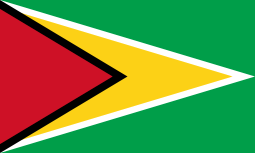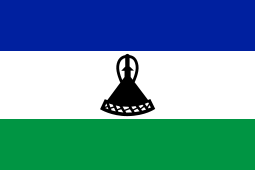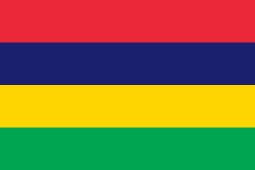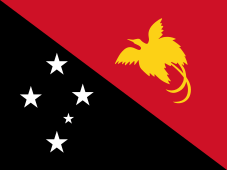Shorland armoured car
The Shorland is an armoured patrol car that was designed specifically for the Royal Ulster Constabulary by Frederick Butler. The first design meeting took place in November 1961. The third and final prototype was completed in 1964 and the first RUC Shorlands were delivered in 1966. They were reallocated to the Ulster Defence Regiment in 1970. The Royal Ulster Constabulary soon replaced the Shorland with an armoured Land Rover with more conventional profile and no machine gun turret.
| Shorland Internal Security Vehicle | |
|---|---|
 A Mk1 Shorland Shorland Internal Security Vehicle | |
| Type | Armoured car |
| Place of origin | |
| Service history | |
| In service | Royal Ulster Constabulary Ulster Defence Regiment |
| Wars | The Troubles Lebanese Civil War Rhodesian Bush War Second Malayan Emergency Internal conflict in Burma Sri Lankan Civil War Libyan Civil War |
| Production history | |
| Manufacturer | Short Brothers and Harland |
| Specifications | |
| Length | 4.60 m (15 ft 1 in) |
| Width | 1.78 m (5 ft 10 in) |
| Height | 2.29 m (7 ft 6 in) |
| Crew | 3 |
Main armament | 7.62×51mm NATO machine gun |
| Engine | Rover petrol 91 hp (68 kW) |
| Suspension | 4 X 4 |
Operational range | 260–510 km (160–320 mi) |
| Maximum speed | 88 km/h (55 mph) |
The vehicles were built by Short Brothers and Harland of Belfast using the chassis from the Series IIA Land Rover.
By the nineties, the Land Rover Tangi, designed and built by the Royal Ulster Constabulary's own vehicle engineering team, was by far the most common model of armoured Land Rover.
Shorts and Harland continued to develop the original Shorland from an armoured patrol car with a crew of three to an armoured personnel vehicle, capable of carrying two up front and six in the rear; a small number of these were used on the streets in Northern Ireland as late as 1998.
In 1996, the Short Brothers sold the complete Shorland design to British Aerospace Australia.
They were also used by the RAF Police in Germany in the 1990s for Special Weapons (Nuclear) escort duties.
Design
The Shorland is a long wheelbase Land Rover with the turret similar in appearance to that of a Mk 2 Ferret scout car. The vehicle has upgraded suspension to deal with the extra weight of the armour.
Variants
Mk 1
- 67 bhp (50 kW) engine
Mk 2
- 77 bhp (57 kW) engine
Mk 3
- Introduced in 1972
- 91 bhp (68 kW) engine
- Thicker armour than Mk 1, Mk 2
Mk 4
- Production started in 1980
- 3.5 litre Rover V8 petrol engine
- Improved armour over Mk 3
Series 5
- Based on the Defender 110 chassis
- 3.5 litre Rover V8 petrol engine or 2.5 litre Rover Tdi Turbo diesel engine
- Welded armour fully enclosed body.
- Versions
- S5 - Prototype Armoured Patrol Car
- S51 - Armoured Patrol Car
- S52 - Armoured Patrol Car
- S53 - Air Defence Vehicle
- S54 - Anti-hijack Vehicle
- S55 - Armoured Personnel Carrier (APC)
Current and former operators










.svg.png)







.svg.png)









See also
- Shorland S600, an armoured personnel carrier developed in 1995 based on the Mercedes-Benz Unimog
Notes
- "Trade Registers". Armstrade.sipri.org. Retrieved 1 January 2015.
- Monteiro, Berliet, Chaimite e UMM – Os Grandes Veículos Militares Nacionais (2018), p. 36.
- Locke & Cooke, Fighting Vehicles and Weapons of Rhodesia 1965-80 (1995), p. 94.
References
- Christopher F. Foss, Jane’s Tank & Combat Vehicle recognition guide, HarperCollins Publishers, London 2002. ISBN 0-00-712759-6
- Pedro Manuel Monteiro, Berliet, Chaimite e UMM – Os Grandes Veículos Militares Nacionais, Contra a Corrente, Lisboa 2018. ISBN 9789899901261 (Portuguese/English text)
- Peter Gerard Locke & Peter David Farquharson Cooke, Fighting Vehicles and Weapons of Rhodesia 1965-80, P&P Publishing, Wellington 1995. ISBN 0-473-02413-6